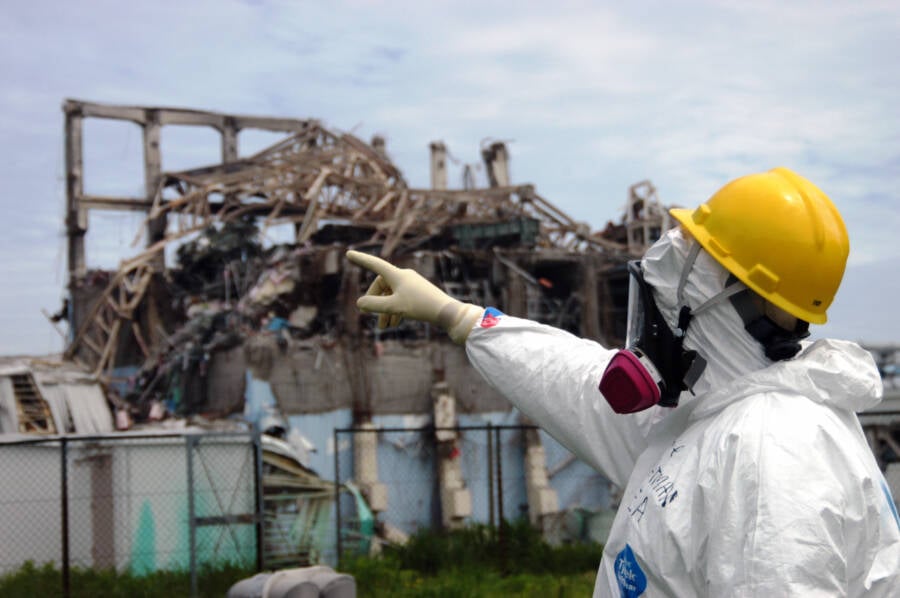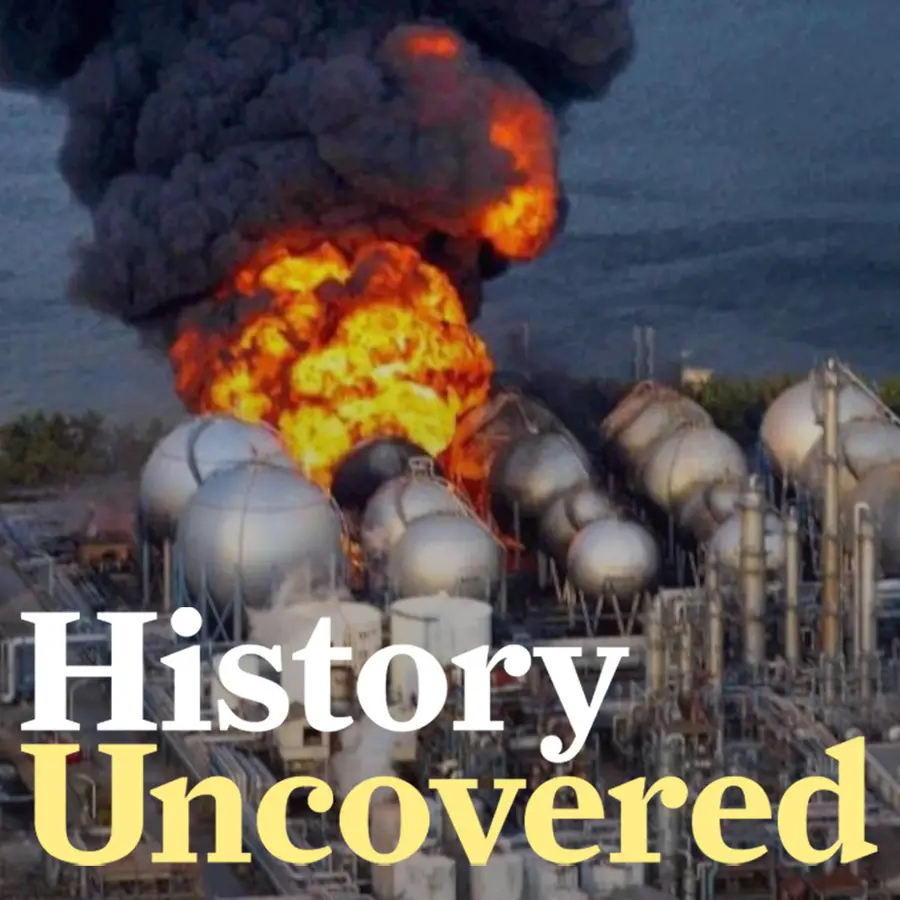The most devastating nuclear calamities in history, from Chernobyl to Fukushima, serve as stark reminders of the awe-inspiring and terrifying power of atomic energy.
March 11, 2011 remains one of the most devastating dates in recent Japanese history, and for good reason. That day, a 9.1-magnitude undersea earthquake occurred off the northeastern coast of Honshu. It was the largest earthquake ever recorded in the country, but that alone was not what made that day a tragedy.
The earthquake triggered a devastating tsunami that tore through northeastern Japan, particularly the coastal towns of the Tōhoku region. The tsunami’s waves erupted from the epicenter at speeds approaching 500 miles per hour.
In the city of Sendai, the waves reached heights of up to 33 feet before slamming into the city and penetrating roughly six miles inland. Similar catastrophes played out in Iwate, Ibaraki, Chiba, and, perhaps most infamously, Fukushima.
The earthquake and tsunami alone claimed the lives of more than 19,000 people — but they also caused one of history’s most devastating nuclear disasters.

Wikimedia CommonsAn official from the International Atomic Energy Agency examines the aftermath of the Fukushima Daiichi Nuclear Power Plant explosion.
The earthquake prompted multiple nuclear power plants near the epicenter to shut down, but when the tsunami waves barreled into Fukushima, they caused significant damage to backup generators at the Fukushima Daiichi plant. With the power cut, the cooling systems in three reactors failed, causing their cores to overheat and their radioactive fuel rods to partially melt down.
Days after the havoc of the tsunami, the facilities housing Reactors 1 and 3 exploded, prompting the Japanese government to evacuate anyone living within a roughly 12.5-mile radius, displacing more than 160,000 people, and establish an 18-mile no-fly zone around the facility. The initial extent of the damage was unknown, but over the following months it became apparent how catastrophic it had truly been.
Radiation levels in some local food and water supplies increased, leading Japanese officials to issue warnings about their consumption. Nearby seawater was contaminated with high levels of radioactive iodine-131, and just a few weeks after the initial explosions, nuclear regulators elevated the severity level of the Fukushima Daiichi nuclear emergency from five to seven — the highest level on the International Atomic Energy Agency’s scale.
That meant the Fukushima nuclear incident was now at the same severity level as Chernobyl.
But Fukushima and the Chernobyl nuclear disaster that rocked the Soviet Union in 1986 were not isolated incidents. There have been a number of horrific nuclear disasters in modern history, each one serving as yet another dire warning about the cataclysmic possibilities that can accompany nuclear power. At the same time, through it all, many have sung the praises of nuclear energy, arguing that the benefits greatly outweigh the risks.
Whichever side of the argument you happen to land on, it’s undeniable that nuclear power can be a mighty force, one that sometimes brings unparalleled calamity.
Learn more about the music used in our podcast. History Uncovered is part of the Airwave Media network. Learn more about your ad choices by visiting megaphone.fm/adchoices.






